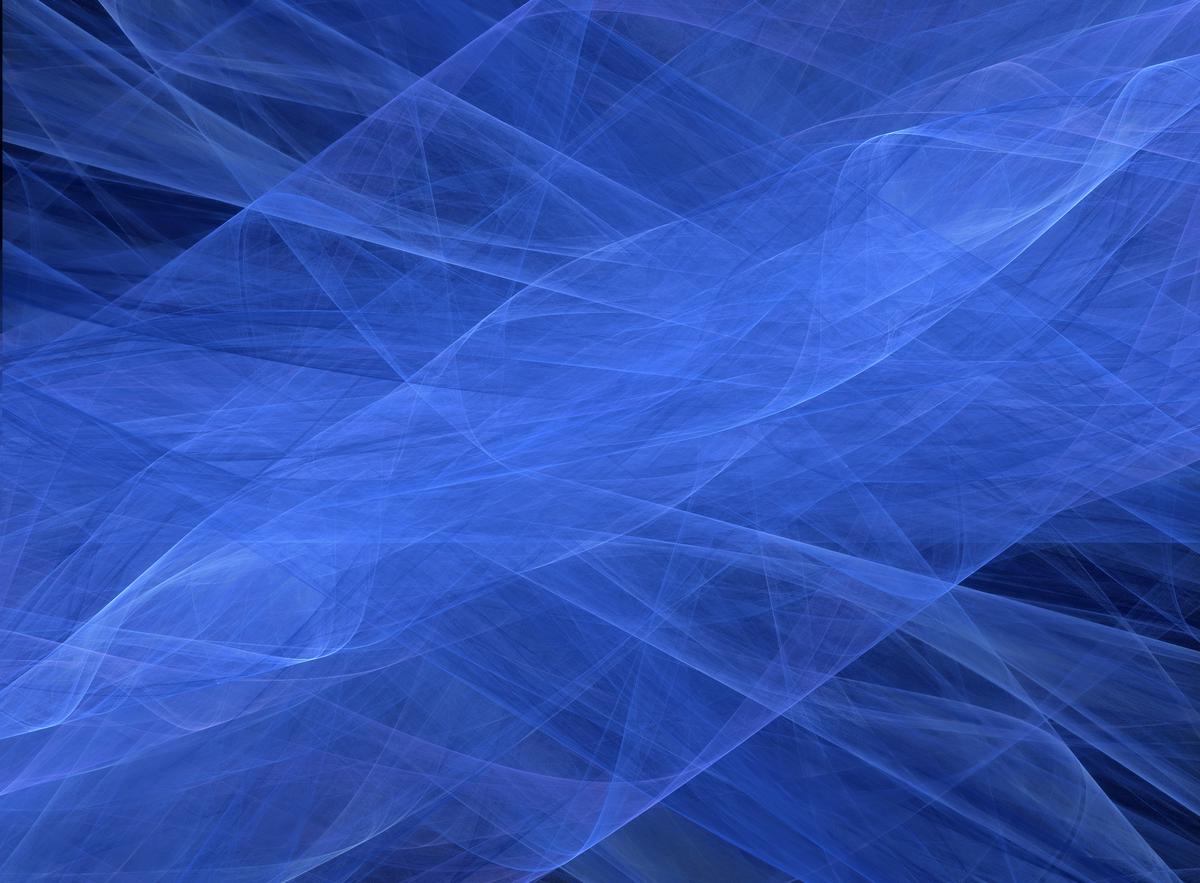AI-Generated VR Art
AI in art opens up new creative possibilities. With algorithms, artists are crafting immersive VR experiences that transport viewers into other worlds.
Memo Akten has created a VR experience inspired by Vincent van Gogh, allowing people to walk through swirling skies and vibrant landscapes reminiscent of his paintings. Imagine being surrounded by brushstrokes, with sunflowers nodding and stars twinkling above.
Refik Anadol uses algorithms to visualize natural growth patterns in VR. Users can watch plants grow and reach for the sky in real-time, as if witnessing nature's symphony unfold before them.
Some artists like Olafur Eliasson have created VR spaces that respond to the viewer's movements. Picture stepping into a room where light follows your path, changing colors and shapes as you walk.
The blend of AI with VR art offers many benefits:
- More personalized, interactive experiences
- Potentially reduced production time and costs
- New creative possibilities for artists
However, there are also challenges to consider, like potential bias in algorithms or questions about authorship. Finding the right balance between human creativity and AI assistance will be key as this technology evolves.
AI-Assisted Art Creation
AI is becoming a powerful tool for generating textures, objects, and characters in VR projects. It can help create detailed environments much faster than traditional methods.
Artists like Refik Anadol use AI to turn data into dynamic digital landscapes. His project "Melting Memories" transforms neurological data into stunning visual forms.
Glenn Marshall's AI-generated short film "The Crow" showcases how algorithms can assist in both visuals and storytelling. It blurs the line between human and machine creativity.
While AI can speed up production and expand creative possibilities, it also raises questions about artistic authenticity. The challenge is to use AI as an empowering tool while maintaining the artist's unique vision.

AI-Enhanced VR Experiences
AI technology can create responsive VR environments that adapt to viewers' movements and interactions. This allows for more personalized, immersive art experiences.
Olafur Eliasson's installations use AI to react to visitors in real-time, with light and color shifting based on their presence. It turns viewing art into an interactive dialogue.
Luna Maurer creates AI-driven environments that transform based on crowd interactions, reflecting the collective energy of the audience.
At festivals like Ars Electronica, interactive exhibits use AI to craft stories that unfold differently for each visitor based on their choices and movements.
These AI-enhanced experiences blur the line between observer and creator, making each encounter with the artwork unique. However, it also raises questions about the nature of art and authorship in an age of responsive, algorithmically-driven creations.
Challenges and Considerations
The use of AI in art comes with several ethical and creative challenges:
- Bias: AI trained on limited datasets may perpetuate existing biases in art. Ensuring diverse training data is crucial for more inclusive AI-generated art.
- Commodification: As AI makes art creation faster and easier, there's a risk of oversaturation. Maintaining the value and uniqueness of human-created art is important.
- Artistic control: Artists must find ways to use AI as a tool that enhances their vision rather than replacing it. Establishing a collaborative relationship between human intuition and AI suggestions is key.
- Ethical use: Transparency about AI involvement in artworks and responsible implementation of these technologies are necessary to maintain trust with audiences.
By addressing these challenges thoughtfully, artists and technologists can harness AI's potential while preserving the human element that gives art its power to connect and inspire.
Future of AI and VR in Art
The future of AI and VR in art holds exciting possibilities:
- Dynamic galleries: Art exhibits could evolve based on viewer interactions, offering fresh experiences with each visit.
- Immersive storytelling: VR could blur the line between performance and audience, creating deeply engaging narrative experiences.
- Cross-disciplinary collaboration: AI might facilitate new partnerships between artists, writers, and technologists, leading to innovative multi-sensory artworks.
- Expanded creative tools: Artists may have access to more sophisticated AI assistants, allowing them to realize complex visions more easily.
As these technologies advance, it will be crucial to maintain a balance between technological innovation and human creativity. The goal is to use AI and VR to enhance artistic expression while preserving the unique perspective that only human artists can provide.
As AI and VR reshape artistic expression, they open doors to new creative possibilities. This evolving landscape challenges us to reconsider how we experience and create art. By embracing innovation thoughtfully, we can use these tools to deepen human connection and explore new frontiers in creativity.
- Rimmon E. AI in immersive art exhibits. Massachusetts Museum of Contemporary Art. 2023.
- McGrory H, McGrory D. Kinetek AI: Immersive art and virtual reality experiences. 2023.
- Marshall G. The Crow. Cannes Short Film Festival. 2022.
- de Young Museum. Fashioning San Francisco: A Century of Style. 2024.
- Muséum national d'Histoire naturelle. REVIVRE exhibition. 2023.
- The National Gallery. Augmented Reality App. 2023.
- National Museum of Singapore. Story of the Forest. 2022.
- Art Gallery of Ontario. ReBlink exhibition. 2022.
- Smithsonian Institution. Skin and Bone app. 2023.
- Pérez Art Museum. Invasive Species exhibition. 2022.
- Kennedy Space Center. Heroes and Legends exhibit. 2023.






















